

— Products —
 Consumer hotline +8618073152920
Consumer hotline +8618073152920 WhatsApp:+8615367865107
Address:Room 102, District D, Houhu Industrial Park, Yuelu District, Changsha City, Hunan Province, China
All products
Compact Weather Station is a well-designed, small, highly integrated weather monitoring device designed to provide a portable or easy-to-install solution for measuring a wide range of weather parameters. These weather stations usually incorporate multiple sensors to simultaneously monitor basic meteorological elements such as temperature, humidity, wind speed, wind direction, barometric pressure, etc., in a compact unit, and some may also include rainfall, solar radiation, PM···
Tel/WhatsApp:+8615367865107
Email:Arvin@niubol.com +Nearly 100 partner company in more than 68 countries. We are committed to providing high-quality, practical products to meet your needs and help you solve problems.Product Details
A Compact Weather Station is a well-designed, small, highly integrated weather monitoring device designed to provide a portable or easy-to-install solution for measuring a wide range of weather parameters. These weather stations usually incorporate multiple sensors to simultaneously monitor basic meteorological elements such as temperature, humidity, wind speed, wind direction, barometric pressure, etc., in a compact unit, and some may also include rainfall, solar radiation, PM2.5/PM10 particulate matter concentrations, noise levels, and other broader environmental parameters.
1. Temperature sensor: used to measure the temperature of the air.
2. Humidity sensor: Used to measure the humidity of the air.
3. Barometric Pressure Sensor: Used to measure atmospheric pressure, reflecting altitude and weather changes.
4. Wind speed sensor: Used to measure the wind speed and understand the force and direction of the wind.
5. Wind direction sensor: Used to measure wind direction to help predict the direction of movement of weather systems.
6. Rainfall Sensor: Used to measure rainfall and provide important data for flood control and drought relief.
7. Illuminance sensor (in the Seven Elements Compact Weather Station): assesses the intensity of light.
8. Optional sensors: such as UV sensors, noise sensors, PM2.5/PM10 sensors, etc., customised according to specific needs.
In addition, some advanced models of Compact Weather Stations may include soil temperature and humidity sensors, among others.
The monitoring of these parameters is essential for weather forecasting, environmental research, agricultural management, traffic safety assessment, outdoor activity planning, and various scientific studies. The compact design allows these weather stations to adapt to a wide range of environments, providing continuous on-line monitoring capabilities.
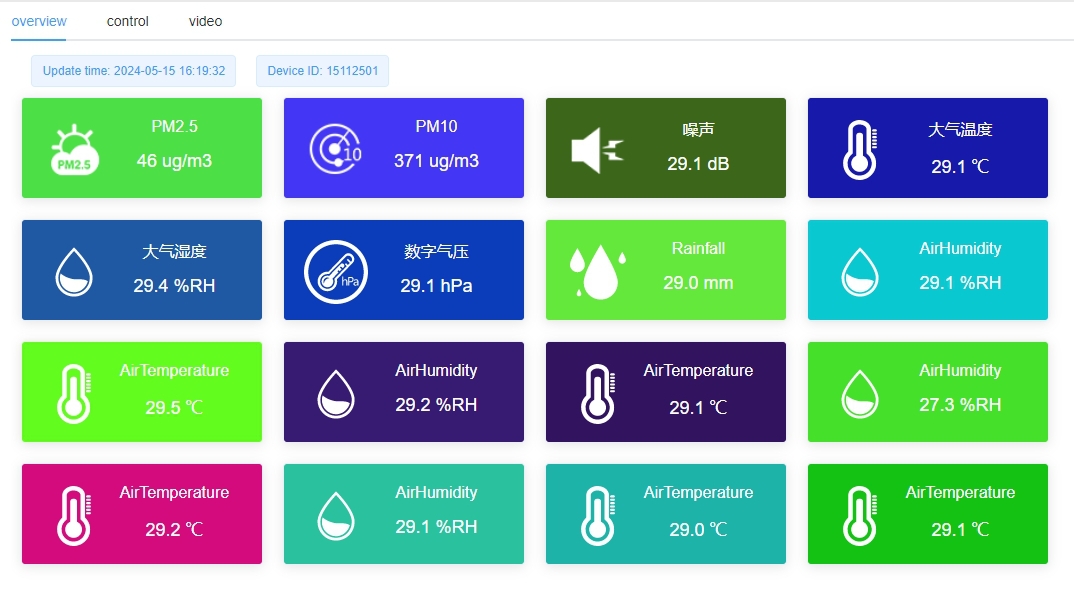
1. Compact and Portable: The Compact Weather Station is small and lightweight, making it very easy to carry and install. This enables it to be flexibly deployed in a variety of environments, including remote areas, mountains, deserts, oceans, etc., regardless of geographical location.
2. High-precision Measurement: Despite its compact size, the Compact Weather Station adopts advanced sensor technology and data processing algorithms, and is capable of measuring temperature, humidity, barometric pressure, wind speed, wind direction and other meteorological elements with high precision.
3. Real-time monitoring: The compact weather station has real-time monitoring function, which can collect and transmit weather data in real time, providing timely and accurate information support for weather forecasting and disaster warning.
4. Easy maintenance: Due to the modular design, the sensors and instruments of the compact weather station can be replaced and maintained separately, which reduces the maintenance cost. Meanwhile, most of the compact weather stations adopt wireless transmission, avoiding the trouble and vulnerability problems caused by wiring.
5. Cost-effectiveness: Compared with traditional fixed weather stations, compact weather stations have lower installation and maintenance costs. This makes weather monitoring equipment affordable to more organisations and individuals and promotes the popularity and application of weather data.
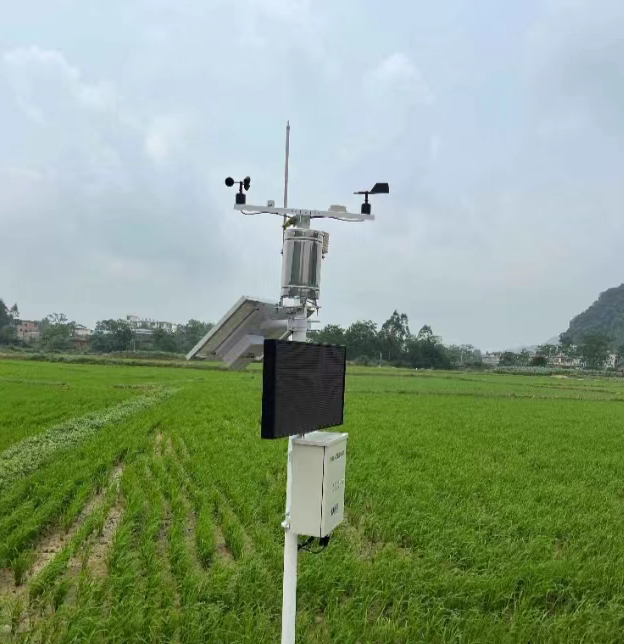
1. Limited scalability: In order to remain small and portable, compact weather stations usually come with a limited number of data climate monitoring sensors. As a result, there may be some limitations on the type and amount of data that can be monitored. Although it is possible to expand the weather station monitoring sensors for multiple elements, too much expansion may affect portability.
2. Environmental impact: Since compact weather stations are usually installed on the ground or on buildings, their measurements may be more easily affected by the surrounding environment. For example, buildings, trees or other obstacles may interfere with wind speed and direction measurements.
3. Data storage and transmission limitations: Some compact weather stations may have limitations in data storage capacity and wireless transmission capability. This may require the user to access the device more frequently to download data, or use other means to ensure data integrity and timeliness.
4. Power supply dependency: Compact weather stations often rely on batteries or portable power supplies for power. In long deployments or remote areas, power supply can be an issue. Although renewable energy sources such as solar panels can be used to supply power, this may also increase the complexity and cost of the equipment.
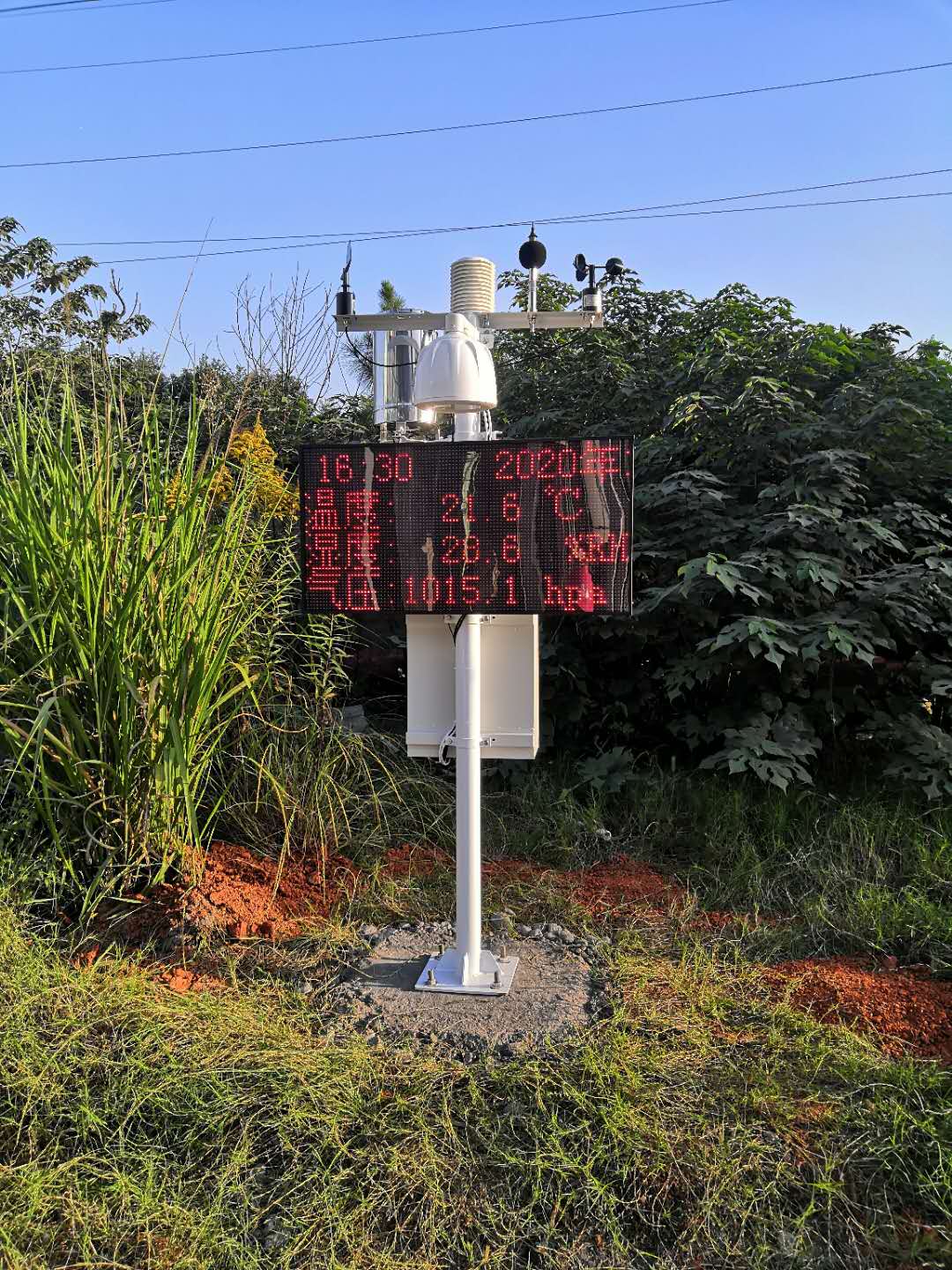
1. Providing accurate meteorological data: Compact Weather Station is able to monitor and record key meteorological elements in real time, providing users with accurate and timely meteorological data to help them better understand the current weather conditions.
2. Early warning and forecast: Based on real-time monitoring data, the compact weather station can provide weather forecast and early warning information to help users take precautionary measures in advance and reduce disaster losses.
3. Scientific research: Compact Weather Station data also provides important support for meteorological research and climate change research, helping to reveal the laws and mechanisms of atmospheric change.
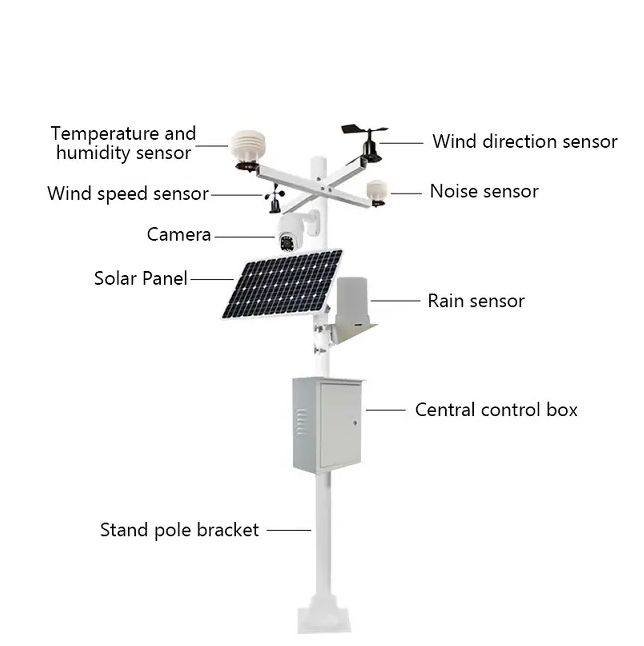
1. Agricultural production: In agricultural production, the Compact Weather Station can help farmers rationally arrange farming activities, such as irrigation, fertiliser application, sowing and harvesting, to improve production efficiency. At the same time, it can also provide early warning information on pests and diseases to help farmers take timely measures to prevent and control them.
2. Environmental monitoring: Compact weather stations can be used to monitor air quality, haze concentration and other environmental indicators, providing data support for environmental protection departments to formulate effective environmental policies and measures.
3. Outdoor activities: In outdoor adventure, hiking, camping and other activities, compact weather stations can provide users with real-time weather information to help users plan their trips reasonably and ensure safety.
4. Traffic travelling: In the field of traffic, compact weather stations can provide real-time traffic weather information, such as visibility, road conditions, etc., to help traffic management departments to formulate traffic control measures and ensure traffic safety.
5. Meteorological research and education: The data from compact weather stations also provide important support for meteorological research and meteorological education, helping to cultivate students' practical ability and scientific research literacy.
6. Smart City: Installed on smart light poles to support environmental management.
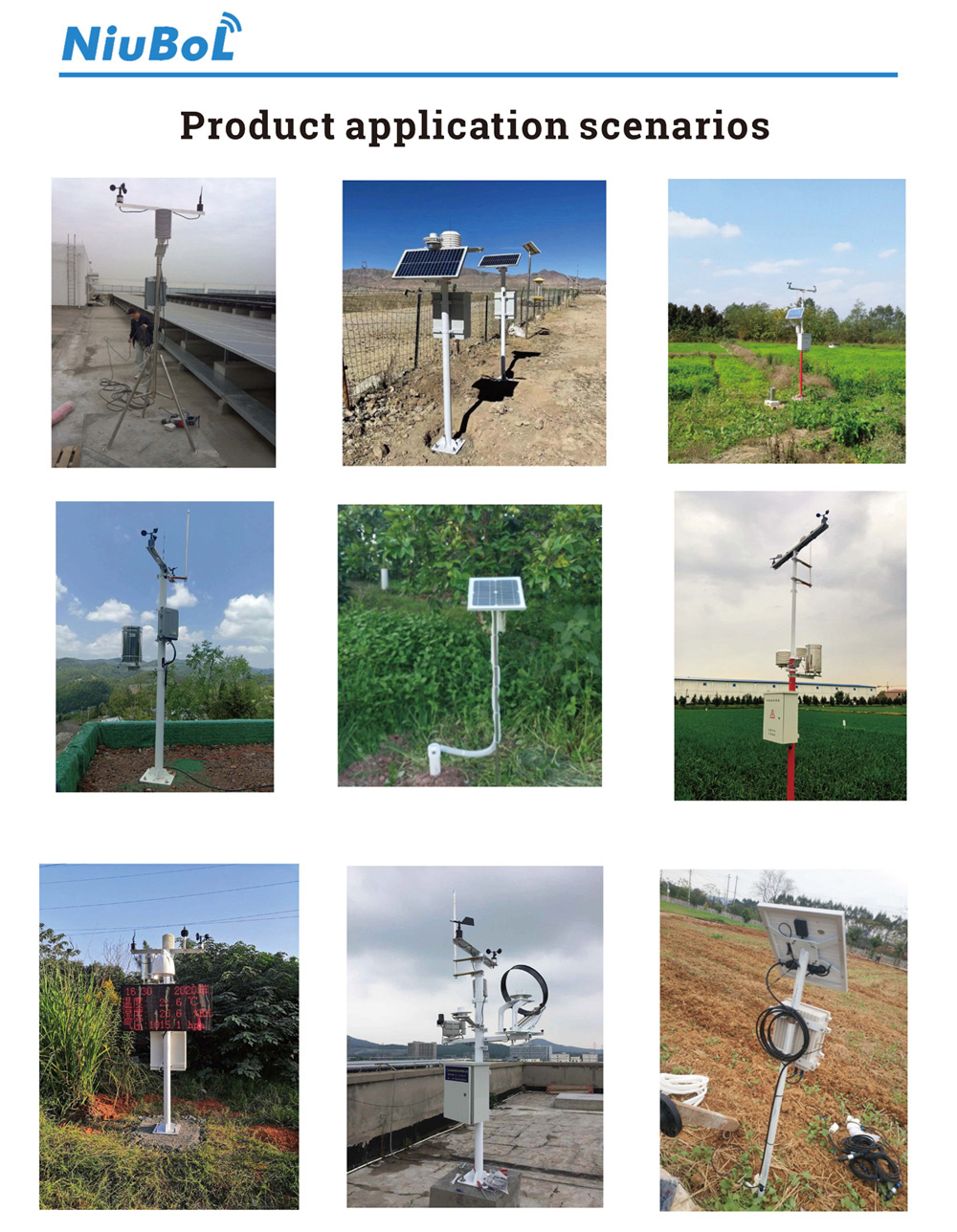
Summary
Compact Weather Station is a highly integrated, miniaturised and portable meteorological observation device, which integrates a variety of high-precision sensors to monitor and record key meteorological elements in real time. The Compact Weather Station has a variety of roles and values, such as providing accurate weather data, early warning and forecasting, scientific research, etc. It is widely used in agricultural production, environmental monitoring, outdoor activities, traffic and travelling, as well as meteorological research and education. Through observation and data collection by compact weather stations, people can better understand the pattern and mechanism of change in the atmospheric environment and provide scientific basis and decision-making support for coping with climate change and natural disasters.
Sensors & Weather Stations Catalog
Agriculture Sensors and Weather Stations Catalog-NiuBoL.pdf
Weather Stations Catalog-NiuBoL.pdf
Related recommendations
 Multi-Depth Soil Sensor RS485
Multi-Depth Soil Sensor RS485 TDR Soil Moisture Sensor
TDR Soil Moisture Sensor Pyranometer Solar Radiation Sensors
Pyranometer Solar Radiation Sensors Soil ph sensor
Soil ph sensor Tipping Bucket Rain Gauge
Tipping Bucket Rain Gauge Air Temperature and Humidity Sensor
Air Temperature and Humidity Sensor
Screenshot, WhatsApp to identify the QR code
WhatsApp number:+8615367865107
(Click on WhatsApp to copy and add friends)
